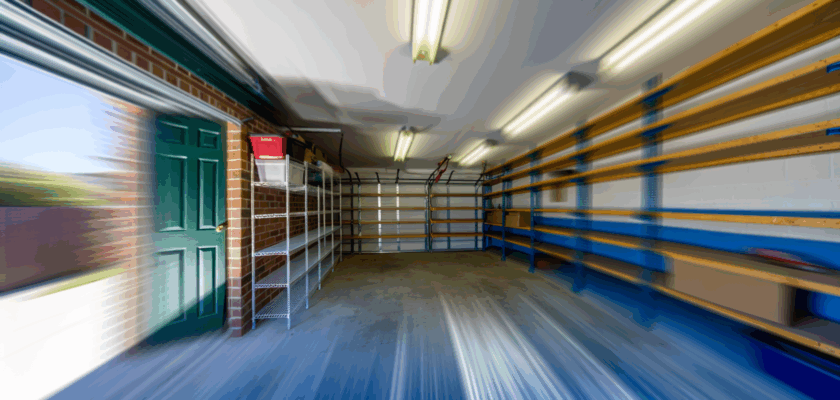Maximising storage space in a small garage can be a challenging task, especially when clutter tends to accumulate quickly. Traditional bulky shelving units often consume valuable floor space, making the area feel cramped and less functional. Slimline shelving offers a practical alternative, designed to fit into tight spaces without compromising storage capacity. This article explores the benefits of slimline shelving for small garage storage and provides tips on efficient installation to help homeowners optimise their garage space.
Benefits of Slimline Shelving for Small Garage Storage
Slimline shelving units are specifically designed to occupy minimal depth while still providing adequate surface area for storage. Their narrow profile allows them to be installed in compact spaces, such as narrow walls or corners, which are typically underutilised in small garages. This means more items can be stored vertically rather than spread out horizontally, freeing up valuable floor space for other uses, such as parking or workspace.
Another significant advantage of slimline shelving is its versatility. These shelves can accommodate a variety of items, from small tools and paint cans to gardening supplies and sports equipment. Because the units are often modular, they can be customised and adjusted to fit the specific dimensions and storage needs of the garage. This adaptability helps avoid overcrowding and creates a more organised environment where items are easier to find and access.
Durability and aesthetics also play a role in the appeal of slimline shelving. Many are constructed from metal or high-quality plastic materials that resist rust and wear, making them suitable for the often humid and dusty garage environment. Their sleek and unobtrusive design blends well with different garage styles, contributing to a cleaner, more streamlined look that can boost the overall appearance and functionality of the space.
Tips for Installing Slimline Shelving Efficiently
Prior to installation, planning is key. Measure the available wall space carefully and identify potential obstacles such as electrical outlets, light switches, or plumbing fixtures. Knowing these details helps in selecting the optimal shelving length and height, ensuring the units do not interfere with existing structures or utilities. It’s also advisable to sketch a layout to visualise where each shelf will go, which can prevent costly mistakes and maximise the usable space.
Choosing the right mounting hardware is essential for a secure and long-lasting installation. Given the weight that garage shelves often need to support, using heavy-duty wall anchors or brackets suited to the garage wall material—whether drywall, concrete, or brick—is critical. Properly securing the shelves prevents sagging or collapse, ensuring safety and reliability when storing heavier items such as power tools or paint buckets.
Lastly, consider accessibility and organisation when positioning your slimline shelves. Install shelves at varying heights to accommodate different item sizes and avoid stacking everything at the same level. Keep frequently used items within easy reach, while storing seasonal or rarely used items higher up. Label containers or use clear bins to maintain order and reduce the time spent searching for specific tools or supplies. Efficient installation not only maximises space but also enhances overall garage usability.
Slimline shelving presents a smart and space-conscious solution for small garage storage challenges. By optimising vertical space with narrow, adaptable units, homeowners can keep their garages organised without sacrificing precious floor area. Careful planning and proper installation techniques ensure these shelves provide both durability and convenience. With the right approach, even the smallest garages can become highly functional and orderly spaces, proving that effective storage solutions do not always require large footprints.

